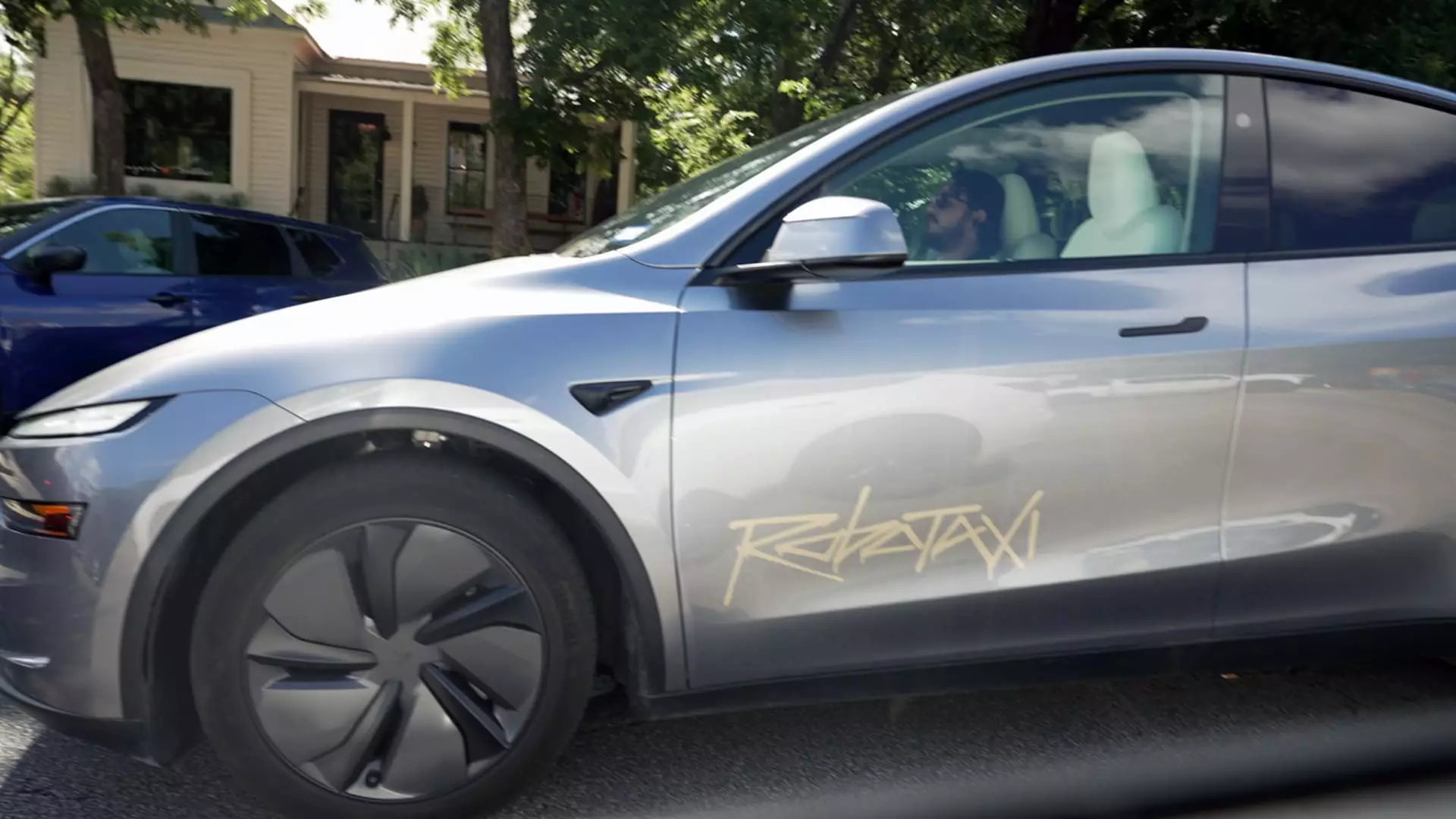Tesla’s push into the autonomous vehicle market, exemplified by its application to test and deploy Robotaxi services in Phoenix, marks a bold move by the electric car giant. While some may herald this as technological progress, it’s crucial to recognize the inherent risks and the questionable readiness of Tesla’s systems for widespread operation. The company is racing to expand its autonomous fleet, seemingly driven more by competitive pressure and a desire to redefine urban transport than by careful safety considerations. This aggressive pursuit raises questions about whether Tesla is prioritizing innovation at the expense of public safety, and whether its reliance on the controversial strategy of camera-based perception will stand up to real-world complexities.
Technical Strategy: Cost or Compromise?
Tesla’s decision to rely primarily on cameras, sidestepping the more robust lidar sensors favored by competitors like Waymo, is often framed as a cost-saving measure. From a center-right perspective, this choice could be viewed as pragmatic—focusing on making autonomous vehicles more financially accessible for broader adoption. However, this approach has sparked debate in safety-critical circles. Critics argue that Tesla’s reliance on visual sensors alone may be insufficient to navigate the unpredictable urban landscape, where sudden obstacles and complex traffic scenarios are commonplace. Despite Musk’s claims that this approach is the most economically viable and scalable, recent incidents cast doubt on whether such cost-cutting measures compromise safety.
The Reality of Testing: Hype Versus Reality
Tesla’s recent foray into pilot programs in Austin and now plans for Phoenix are emblematic of a company eager to demonstrate progress, yet the results often appear mixed. Incidents captured on social media, such as collisions with parked cars, underscore ongoing issues in machine perception and decision-making. While Tesla claims that human safety supervisors are present to intervene as needed, critics question whether this approach is sustainable or indicative of a system still in development. These incidents reflect a pattern—an overreliance on corporate optimism and underwhelming pilot results—highlighting the gap between Tesla’s ambitions and its actual safety record.
Regulatory and Public Confidence Challenges
Tesla’s aggressive push into autonomous technology also encounters significant regulatory hurdles. The recent lawsuit by California’s DMV, accusing Tesla of making false claims about its self-driving capabilities, exemplifies the skepticism and oversight that Tesla faces. Public confidence is further eroded by incidents and documentaries capturing mishaps, which diminish trust in Tesla’s narrative of innovation. From a pragmatic, center-right viewpoint—supportive of technological progress but cautious about overpromising—it’s clear that Tesla must demonstrate consistent, reliable safety performance before unleashing robotaxis on a mass scale.
The Strategic Implications and the Road Ahead
Tesla’s expansion plans reflect a broader tension within the autonomous vehicle industry: the desire to lead versus the necessity of ensuring safety. While Musk’s proclamation that robotaxi services will soon operate in San Francisco might excite shareholders and fans, the reality on the ground suggests a more cautious approach is warranted. If Tesla’s goal is to revolutionize urban mobility, it must balance technological innovation with stringent safety standards. Otherwise, it risks a backlash from regulators, consumers, and the automotive industry that could stymie its ambitions rather than propel it forward.
In essence, Tesla’s pursuit of autonomous taxi services is a high-stakes gamble—one that could either position the company as a visionary leader or expose it to grave safety and credibility issues. As a center-right supporter of innovation, I believe that the path to progress must be paved with prudence, transparency, and a relentless focus on safety—values that Tesla must prioritize if it truly aims to lead in this uncharted territory.

